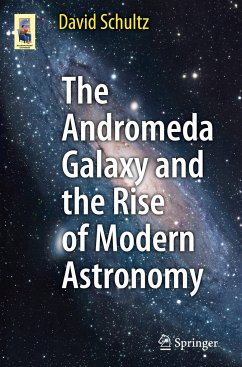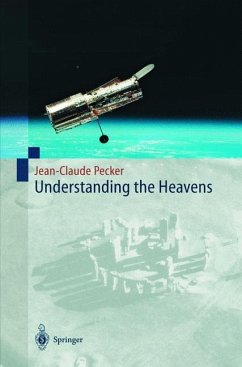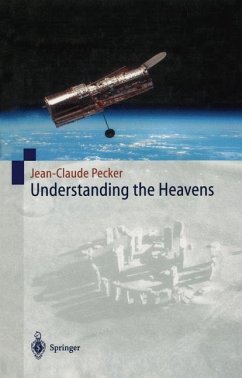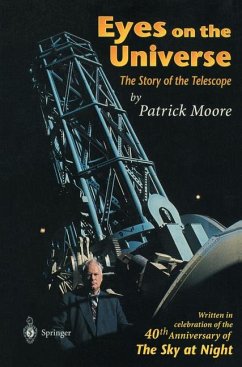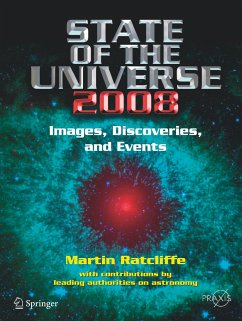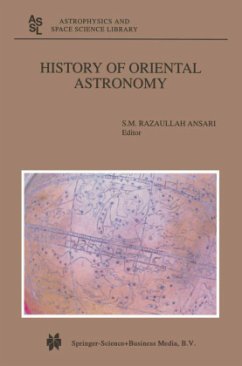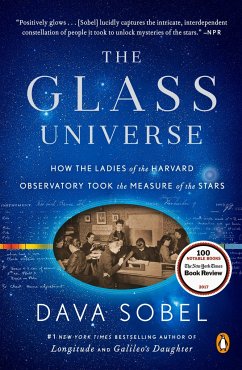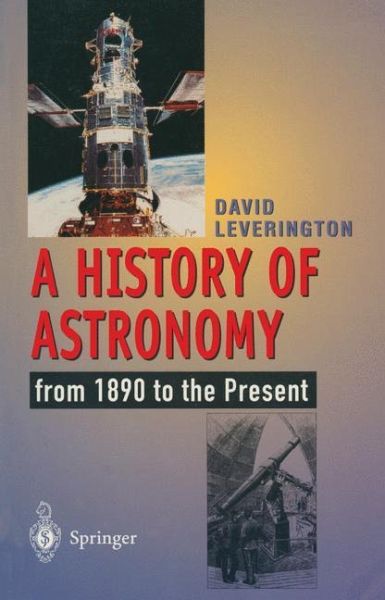
A History of Astronomy
from 1890 to the Present

PAYBACK Punkte
18 °P sammeln!
The history of astronomy is, like most history, a multidimensional story, and when writing about a specific period, the author has to decide how to handle all the developments of earlier times in order to set the scene. I have done this by starting most chapters of the book with a summary of astronomical knowledge at the beginning of our chosen period, together with a brief review of how such knowledge had been gained. This story is not only interesting in itself, but it will also assist those readers that would appreciate a brief reminder of some of the basic elements of astronomy. It is also...
The history of astronomy is, like most history, a multidimensional story, and when writing about a specific period, the author has to decide how to handle all the developments of earlier times in order to set the scene. I have done this by starting most chapters of the book with a summary of astronomical knowledge at the beginning of our chosen period, together with a brief review of how such knowledge had been gained. This story is not only interesting in itself, but it will also assist those readers that would appreciate a brief reminder of some of the basic elements of astronomy. It is also necessary to decide when to start our history. Should it be the year 1900 or 1890, or should it be linked to some key development or investigation, e. g. the discovery of the electron by J. J. Thomson in 1897, or the discovery of spectroscopic binary stars by Pickering and Vogel (independently) in 1889, or maybe the year 1890 in which Thomas Edison tried unsuccessfully to detect radio wavesfrom the Sun and Johannes Rydberg published his formula for atomic spectra? I have, in fact, decided to start this history at about 1890, as it was the year of publication of the Draper Memorial Catalogue of stellar spectra which, together with its updates, provided essential data for the understanding of stellar spectra until well into the twentieth century. This date also gives a clear hundred years up to the present.





